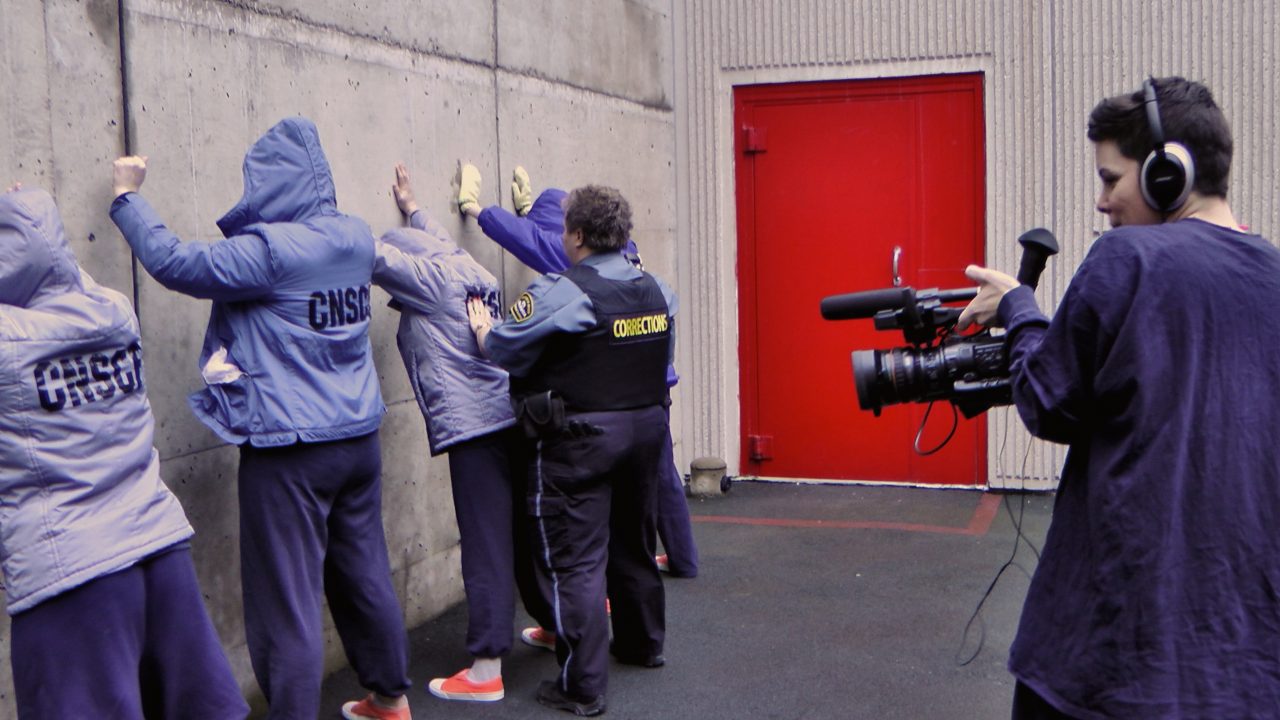
Is Collaborating with Your Film Subjects Worth the Risk? The Directors of Conviction Think So
Is Collaborating with Your Film Subjects Worth the Risk? The Directors of Conviction Think So
It’s difficult for many of us to understand how anyone could return to prison after being set free. Wasn’t freedom addictive? Wasn’t the threat of returning to prison a sufficient deterrent to committing punishable breaches? What the documentary Conviction makes clear is that we can’t possibly understand the cycle until we’re in it, so it shows us what “in it” means.
Conviction is a film by Nance Ackerman, Teresa MacInnes and Ariella Pahlke, but you could easily argue that it’s also by Treena, Caitlin, Laura and Bianca, four inmates from the correctional facility featured in the documentary, who were given video cameras to record their lives in and outside of prison. Their footage figures heavily in the film.
Conviction, Nance Ackerman, Ariella Pahlke & Teresa MacInnes, provided by the National Film Board of Canada
Treena, who is frank about her drug addiction and alcoholism, films herself as she’s released, and we quickly realize that her unincarcerated environment is unfortunately destined to suck her back in. She begins to drink and use again, and she self-harms. Before long, she’s back in prison on battery charges. She’s fully aware of what her problems are, she just doesn’t have the tools to fix them. Not on her own, anyway.
Caitlin suffers from bipolar disorder and has a tendency to cut herself. At one point, she reveals her stomach, which is covered in self-inflicted lacerations. But with the camera, she also captures her natural surroundings with keen artistic sensitivity. She’s sent back home to her family after her imprisonment, but she has a mental health flare-up and returns to the facility.
Laura leads her camera to a small crack beneath the large red door that separates her from the outside world. She then zooms in on the grass that she can see from under the door, a contrast to her concrete interiors. She comments on the colour of the grass and how it helps her know what season we’re in. She tries to touch it but can’t quite reach. “So close but so far away,” she reflects in her narration.
Bianca’s journey is heartbreaking. To avoid spoiling it for viewers, we’ll say that it involved a medical crisis.
“When Bianca recorded herself in the hospital room… there was no filmmaker in the room when she was doing it,” Ackerman said. “That scene could have gone badly, in terms of the inherent power dynamic that exists as filmmakers. But it wasn’t an issue because she took control of that situation and had agency over her story.”
These stories might have been exploitative if Treena, Caitlin, Laura and Bianca had simply been told to film their realities and hand over the footage without ever seeing it again. But MacInnes, who describes their process as one of “ongoing consent,” said the women from the facility were consulted at every stage of production and were given the green light to withdraw any footage at any time. Because despite the fascinating stories we get to witness, there was nevertheless a chance that some might be hurtful to the women who shared those stories, potentially impacting their loved ones or even for their employment opportunities.
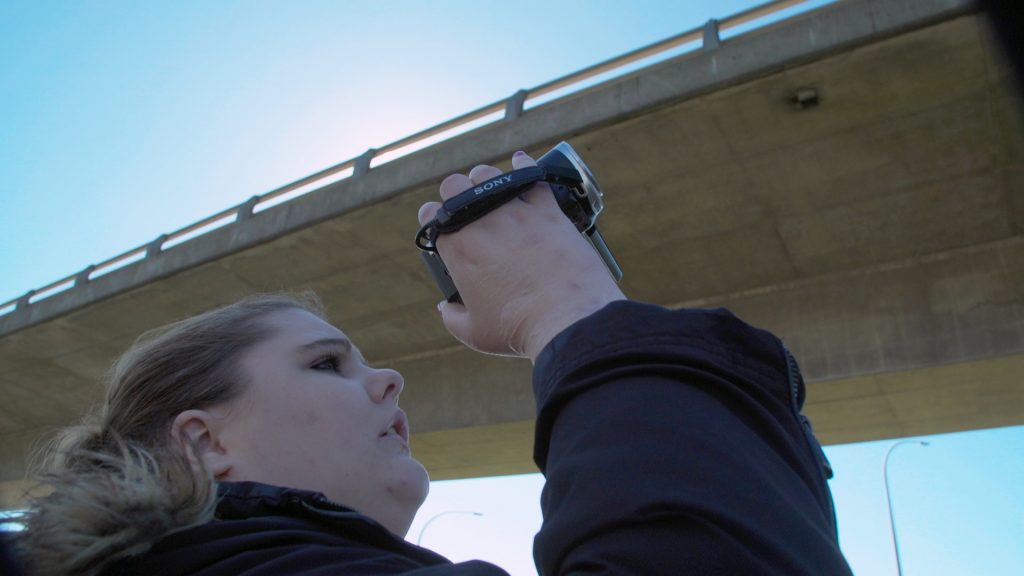
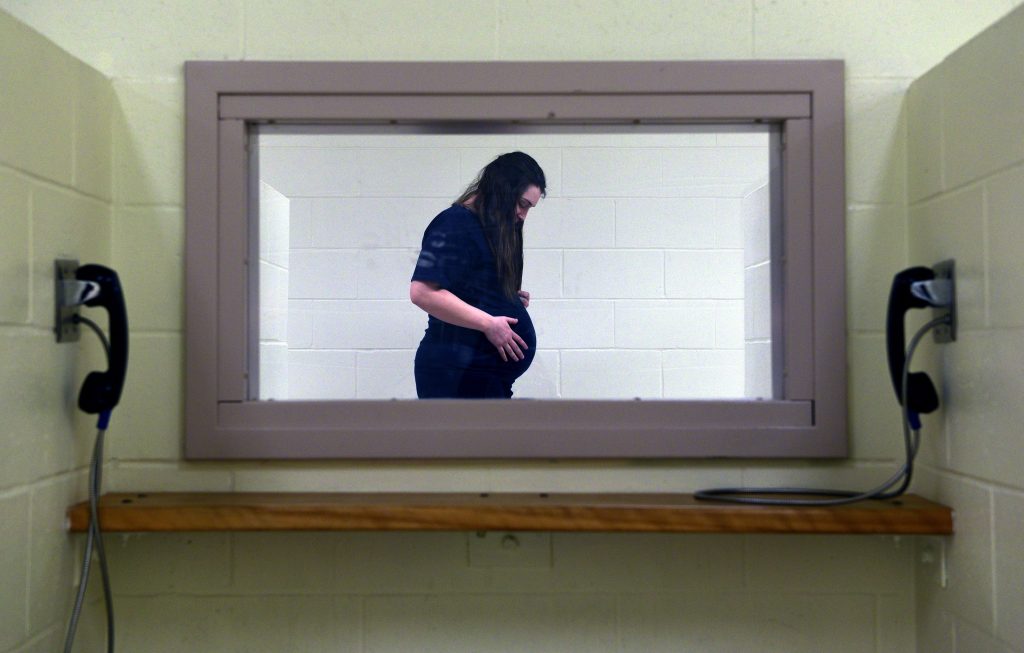
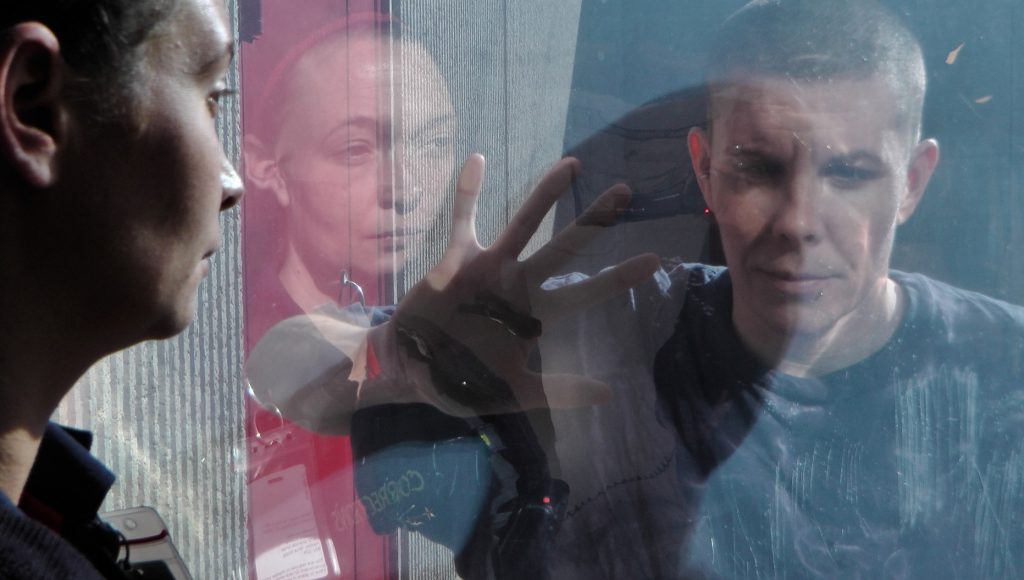
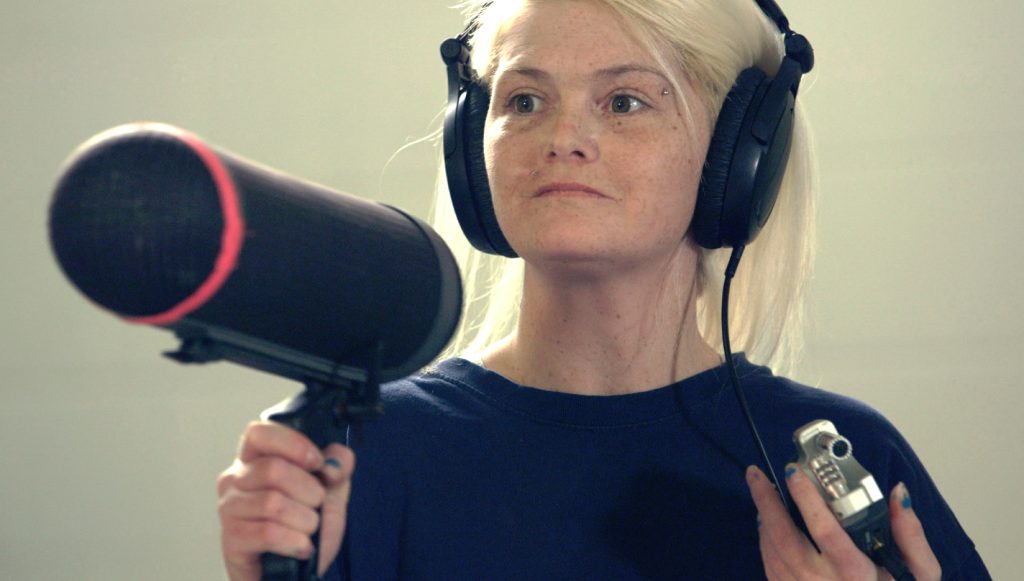
“What sets (Conviction) apart is that the harm that this could do was put in the front as opposed to in the back of your mind,” MacInnes said. “So it was something we faced head on with the women and with each other.”
Treena, Caitlin, Laura and Bianca had no prior experience with cameras, so the women were given basic instructions on framing, lighting and audio. The directors knew there’d be something of a risk, but they welcomed experimentation, to their ultimate delight.
“(The women) each took a totally different approach,” Pahlke said, “Caitlin’s approach amazed me because she took hundreds of abstract photographs of shapes and patterns… I’m glad that we didn’t guide them more in terms of what we wanted them to do with the cameras, because it ended up being an amazing creative surprise every time we got footage back from them.”
The directors also found that the process lent itself to transferring knowledge. For instance, near the end of the film, Bianca is seen giving Laura a refresher on how to work the video camera just as the latter is about to be released. Bianca pays her empowerment forward.
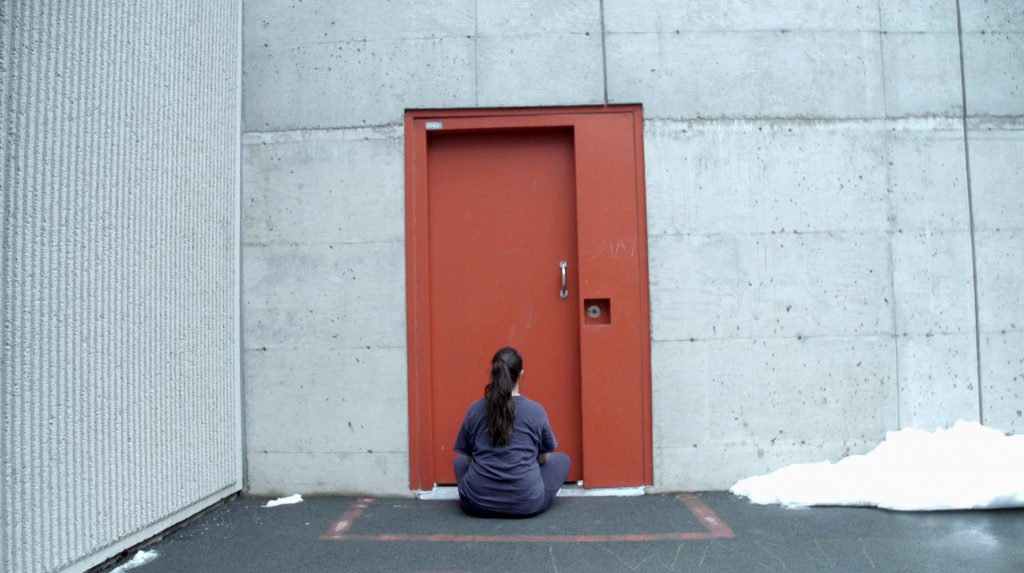
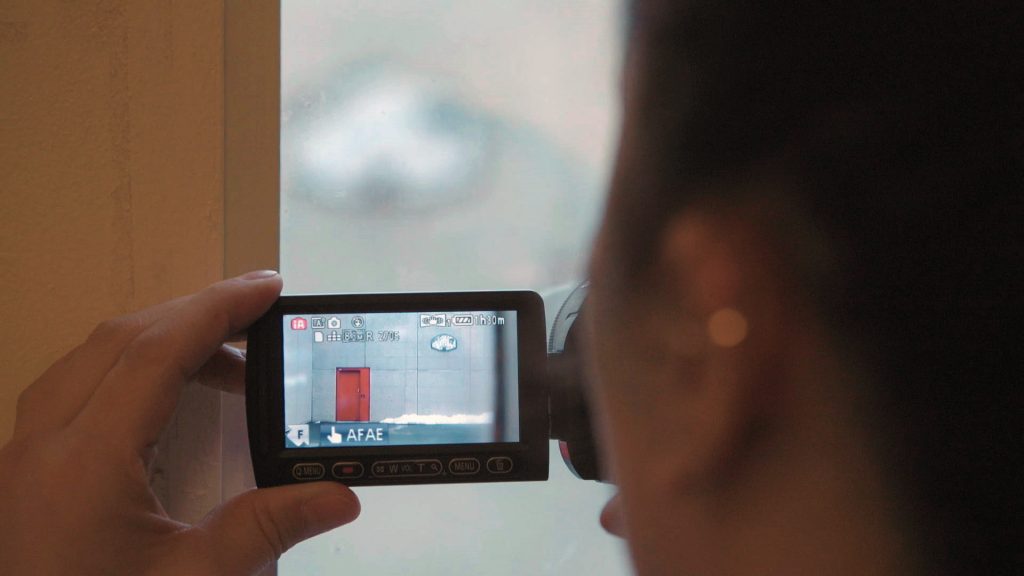
Conviction doesn’t just let the women discuss the unique challenges they face—like precarious housing, limited job prospects or easy access to drugs or alcohol in certain environments—it also gives them the opportunity to come into contact with policymakers.
During filming, Kim Pate, who was then Executive Director of the Canadian Association of the Elizabeth Fry Societies, was appointed to the Canadian Senate.
“(Pate’s) life was advocating for women in prison, and then she became a senator,” Pahlke said. “So that whole scene with Treena speaking about her experiences to a group of senators; well, that wouldn’t have happened. It ups the stakes and the hope for policy change when you have direct access to a senator.”
The collaborative process continued well after the film was finished, since some of the women in the film, as well as Senator Pate, have been present at screenings, special events or even Zoom calls, speaking about their experiences, expressing their views and answering questions.
“(They’re) very keen to be involved and it makes sense to me,” Pahlke said. “It means a lot to them to see the film with an audience and then be able to talk to that audience about the film. It’s also an opportunity for community partners to support them, and it’s been really valuable for audiences to be able to directly engage with the participants about issues raised in the film. It maximizes its impact and the layers of collaborations involved.”
Stream Conviction on nfb.ca or visit the film’s website for info on where to attend an upcoming screening.



